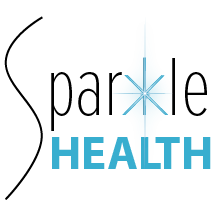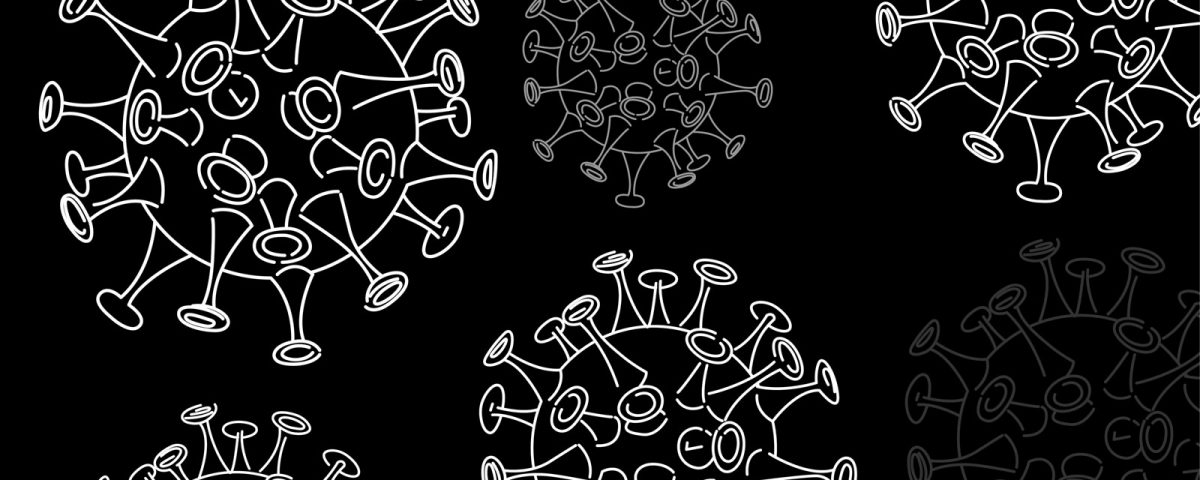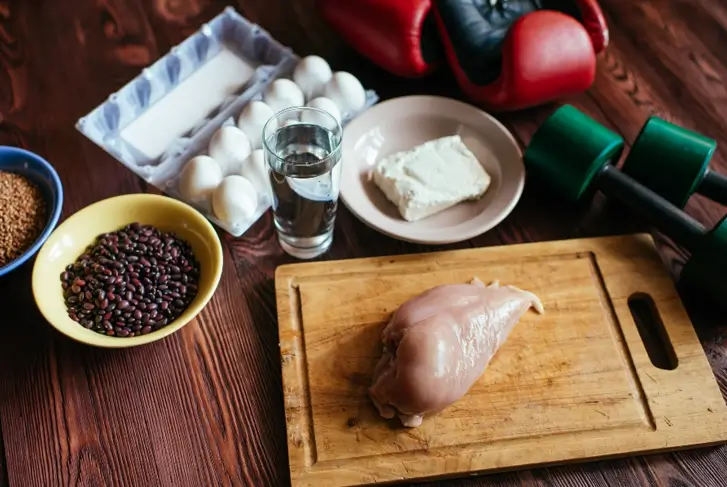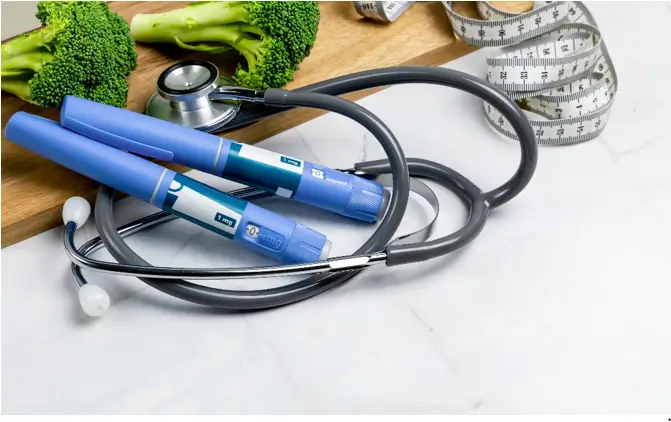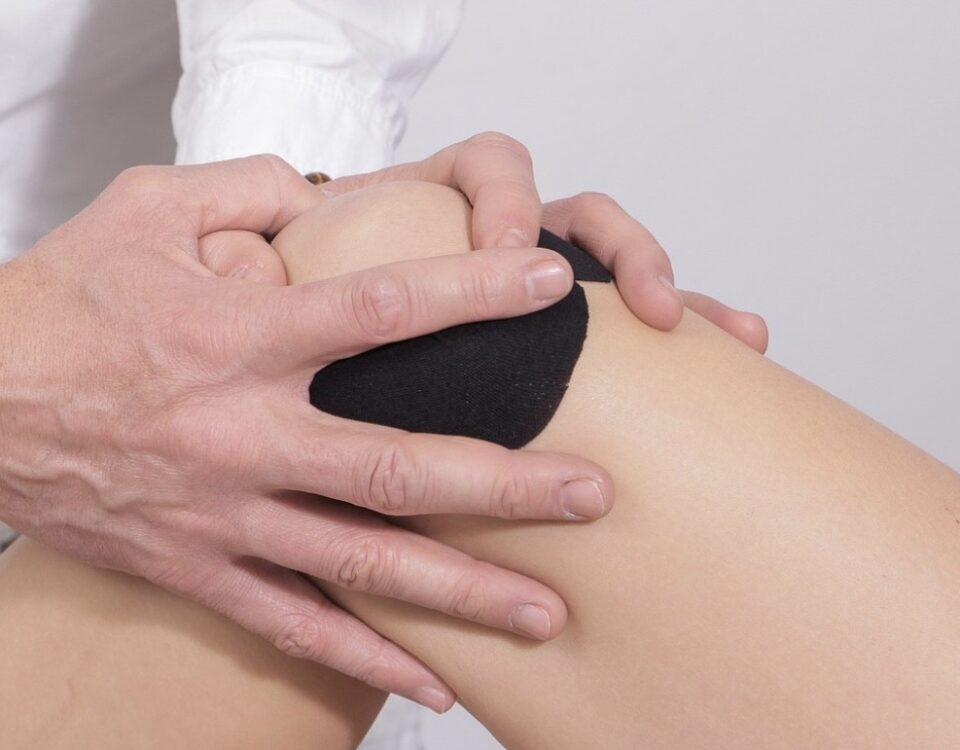Beyond Lifestyle and Basic Support, What More Can We do Specifically for COVID-19?
I have some more information I want to share about COVID-19 and the biology of what is going on that leads to ARDS – Acute Respiratory Distress Syndrome in some patients. This article is very heavy in the biology which I know is fascinating to some of you but to others not. If you want to cut past the technicalities, see “take home messages” at the end of the article.
It turns out the virus hijacks our cells by climbing aboard through a receptor (ACE-2 Angiotensin Converting Enzyme- 2) that is more common in the lower respiratory tract. Once inside, the RNA virus starts to replicate. RNA is basically a copy of DNA that is used as an instruction manual to make viral proteins which are then assembled and more of the virus is released into our body and the process repeats. Our immune system eventually catches wind of this viral RNA as a PAMP- (Pathogen Associated Molecular Pattern) and a response occurs. The host immune response is necessary to clear the virus but in the case of COVID-19 it is a double-edged sword. As you have heard me discuss before, everything in the body is a balance. Our immune system response in the case of COVID-19 involves activation of NF KappaB (nuclear transcription factor- KB) which instructs our DNA to make inflammatory proteins. The intention of this response in the body is to attack the invading virus. In some people, lung damage occurs as a result of the immune response against virus. It is called a “cytokine” (inflammatory) storm which ignites something called the NLRP-3 Inflammasome. The function of this inflammasome complex is to induce “pyrotosis” which is and inflammatory form of cell death. This results in cell death in the lungs where the virus is most prevalent. The Damage Associated Molecular Pattern (DAMPs) then draws fluid and mucous into the lungs. That leads to the respiratory failure in some people and the ventilator support that is required to provide oxygen to the body.
There are a lot of questions right now about why this cytokine storm is heightened in some patients (the 15% that go on to have severe disease). Here are the biologically plausible reasons that I could find and what we might be able to do about them to keep you out of the 15% during this pandemic.
Do people in the 15% have more of the ACE-2 receptor?
Male gender seems to be a risk factor and men have more of this receptor. There are medications that can increase the expression of the ACE-2 receptor which the virus uses to latch on and commandeer our cells for replication. These medications are common for people with underlying cardiovascular disease and diabetes which seems to be another risk factors for more severe manifestations of COVID-19. This is why blood pressure medications such as ACE inhibitors (like Lisinopril) and ARBs (like losartan) have been controversial. They both cause upregulation of the ACE-2 receptor in animal studies. To make things more confusing, ARBs are being floated as a possible treatment perhaps making receptors less bioavailable to virus. To my patients on these medications, I believe I have contacted all of you individually so we can make a personalized decision for your situation. In some cases, it made sense to keep the medication and in others we decided to change it. Again, there is differing opinions on this matter and not clear consensus. Please do not stop these medications without discussing it with your doctor as this is a highly controversial topic with new information coming out every day.
Do anti-inflammatories help or do they make things worse for COVID-19?
Another controversial topic. The World Health Organization came out with a warning about the use of NSAIDS (non steroidal anti-inflammatories) may be making the infection worse based on observations in France. They then retracted this a week later. This would be counter-intuitive because if severe disease occurs due to damage from inflammatory response one would think this could be helpful. It is not new news that regular NSAID use may increase cardiovascular disease. Most NSAIDs such as ibuprofen block a specific inflammatory pathway (called COX-1 / Cycloxogenase) to result in an anti-inflammatory effect. The interesting thing is that NSAIDs also block something called prostaglandin synthesis- which has role in balancing out the immune system. In addition, I have read that ibuprofen also increases that ACE-2 receptor that the virus uses to gain access to our cells. Our natural “anti-inflammatory” botanicals do not have this same effect. I therefore feel that in light, of these controversies and preliminary findings specific to COVID-19, I am recommending we avoid regular NSAID use if possible and it is still ok to use natural anti-inflammatories. Please do not stop any medication without consulting with your doctor. This should be a risk / benefit discussion and as always personalized to your health circumstance. I do feel it is fine to continue curcumin or other natural botanical anti-inflammatories for now.
Why are older people more at risk for severe disease and children seem to be affected only mildly by COVID-19?
There is a hypothesis floating around that the answer may be related to melatonin. Children have higher melatonin levels than adults do- and with aging our melatonin levels tend to decline. Melatonin turns out reduces that NLRP-3 Inflammasome which results in cellular death. Again, this is biologically plausible but the information is too new and proper research has not been done to prove that this may be the case. That being said, it is a safe bet to take 0.5 mg – 1 mg of melatonin for possible risk reduction- especially if we have done a melatonin test for you and levels have been low. This often can be the case with insomnia. If you do become ill with possible COVID-19, please contact me as we may decide to increase this dose. Side effects can include grogginess in the morning and a small amount goes a long way. Physiologic levels are much lower than the amount we tend to use therapeutically. If you would like to discuss if this medication makes sense for you, please message me on the portal. There are some contraindications to this supplement and you may have had testing that indicates you do not need it.
Is there anything else we can do knowing the biology of COVID-19 to prevent severe disease?
Zinc has been found to block the replication of the SARS RNA Coronavirus in the petri dish. I know this may not translate to what happens in our body and the study was on a very similar coronavirus to one associated with the current pandemic this again is biologically plausible. I would recommend 15-30 mg of zinc daily.
There has been a lot of discussion about Hydryoxchlorquine (alone and in combination with azithromycin) as a potential treatment for COVID-19. This is a medication that is used for autoimmune conditions. The mechanism by which it may work is by helping zinc into the cell, which then interferes with viral replication. There are natural medicines that also help zinc into cells such as Quercetin and Epigallocatechin gallate (EGCG) from green tea. So, I am wondering if combining Quercetin with zinc may be helpful. For patients already on Hydryoxchlorquine for autoimmune conditions, it may be a good idea to add on zinc for perhaps prevention. Again, we do not have any solid evidence however based on what we know, it passes the biologic plausibility test.
Other immune modulating, anti-oxidant support may be helpful.
While we may not have more specific research on coronavirus. We can support the balance of the immune system in the body to reduce risk which I have addressed in previous newsletters (see March Newsletter). These can include vitamin C, and other immune modulators that can perhaps attenuate the risk of the “cytokine storm”. In fact, one of the most promising emerging treatments for COVID-19 seems to be hydroxychloroquine which modulates the immune response as well as perhaps the mechanism described above as it relates to zinc. I see and treat many autoimmune patients so this concept of balancing the immune response is quite common in functional medicine and may have some application during this coronavirus pandemic.
Take Home Messages:
- Consider a discussion regarding ACE inhibitor and ARB class of blood pressure medications regarding risk benefit during this pandemic. There is not a simple answer and the evidence is not strong but it is biologically plausible this can be a factor. ** Do not stop any medication unless discussed with your doctor.
- Consider avoiding use of ibuprofen as there has been controversy about whether it affects progression of symptoms related to COVID-19. ** Do not stop any medication unless discussed with your doctor.
- Continue natural anti-inflammatories if you take them such as Curcumin / Turmeric or Specific Proresolving Mediators (SPM) and you can consider starting these if appropriate.
- Consider taking melatonin 0.5 -1 mg if medically appropriate.
- Consider taking zinc 15-30 mg daily in combination with Quercetin or ECGC from green tea if medically appropriate.
Make sure to talk to your doctor before changing any medications at this time.
Sources:
Guo YR, Cao QD, Hong ZS, Tan YY, Chen SD, Jin HJ, Tan KS, Wang DY, Yan Y.
Mil Med Res. 2020 Mar 13;7(1):11.
Clin Cardiol. 2017 Dec;40(12):1352-1356. doi: 10.1002/clc.22814. Epub 2017 Dec 16.
Cardiovascular safety of NSAIDs: Additional insights after PRECISION and point of view.
Zn(2+) inhibits coronavirus and arterivirus RNA polymerase activity in vitro and zinc ionophores block the replication of these viruses in cell culture. PLoS Pathog. 2010 Nov 4;6(11):e1001176.
Zheng, Y., Ma, Y., Zhang, J. et al. COVID-19 and the cardiovascular system. Nat Rev Cardiol (2J Antimicrob Chemother. 2020 Mar 20. pii: dkaa114. doi: 10.1093/jac/dkaa114. [Epub ahead of print]
COVID-19: a recommendation to examine the effect of hydroxychloroquine in preventing infection and progression. J Antimicrob Chemother. 2020 Mar 20
Int J Biol Macromol. 2019 Jul 1;132:784-794. doi: 10.1016/j.ijbiomac.2019.04.008. Epub 2019 Apr 2.
Synergic formulation of onion peel quercetin loaded chitosan-cellulose hydrogel with green zincoxide nanoparticles towards controlled release, biocompatibility, antimicrobial and anticancer activity. George D1, Maheswari PU1, Begum KMMS2
J Pineal Res. 2008 Aug;45(1):93-100. doi: 10.1111/j.1600-079X.2008.00560.x. Epub 2008 Feb 25. Melatonin decreases TLR3-mediated inflammatory factor expression via inhibition of NF-kappa B activation in respiratory syncytial virus-infected RAW264.7 macrophages.
